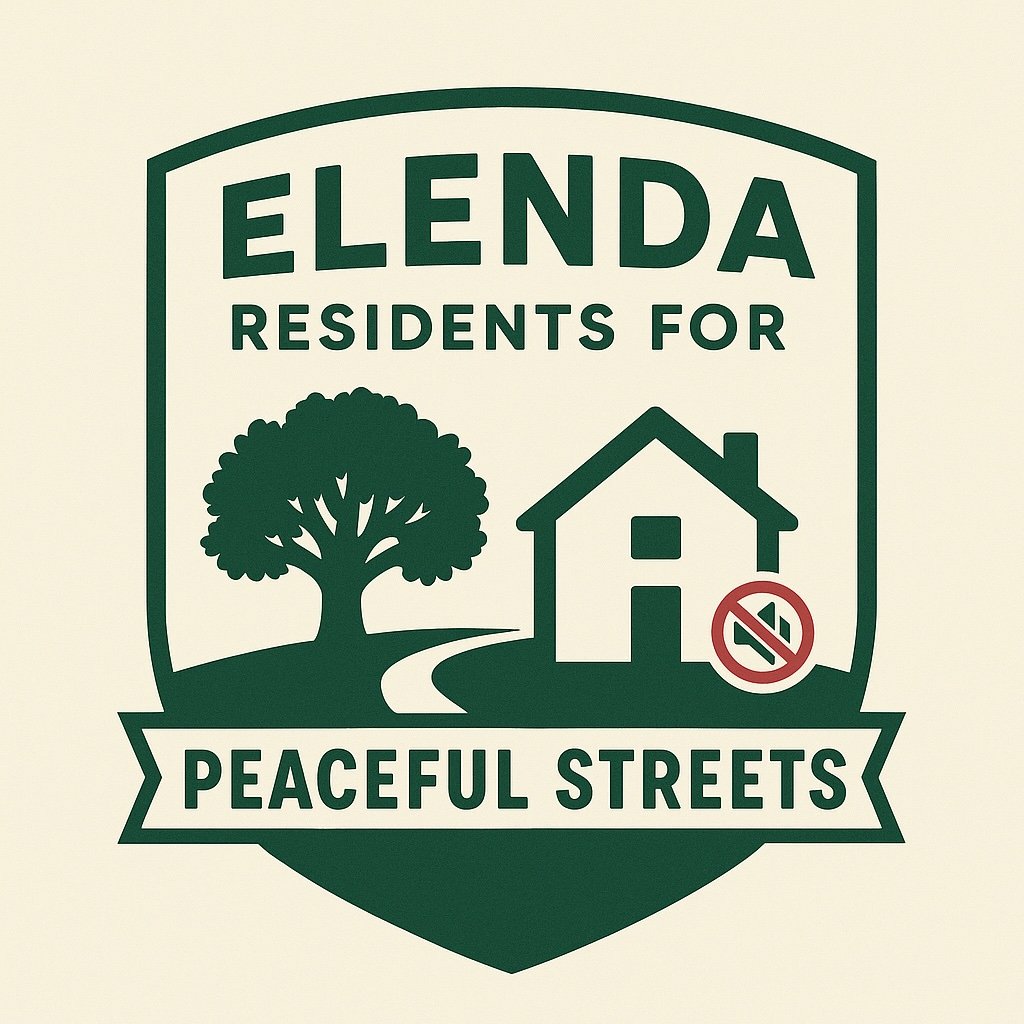Environmental and Civic Legacy
The Culver City Urban Forest Master Plan (2016) identifies Elenda’s Ficus microcarpa ‘Nitida’ canopy as one of the city’s most productive ecological assets. Seventy-eight mature trees line the corridor, providing the highest per-species rate of air pollution removal in the city. Their collective carbon sequestration, particulate absorption, and shade canopy offer measurable public health benefits, turning aesthetic intention into environmental infrastructure.
More importantly, these trees form the living spine of the Elenda Historic District’s civic identity. The canopy shelters students and families walking between the tri-school campuses and the auditorium. It provides both functional shade and symbolic protection, embodying a mid-century ethos that equated community health with environmental design.
Adjacent corridors extend this pattern. Garfield Avenue’s 46 Jacaranda mimosifolia, Farragut and Franklin’s combined 58 Ulmus parvifolia, and Braddock Drive’s 76 elms form a secondary belt of shade that links Elenda to the city’s broader tree network. This configuration anticipated today’s ideas of the urban forest, which is a citywide ecosystem that integrates human movement, civic beauty, and ecological stewardship.
In the historic district, there are more adjacent corridors with significant tree canopies that connect to Elenda Street. Barman Avenue is lined with over 60 Magnolia grandiflora, while both Lindblade Street and Wagner Street boast significant groves of Ulmus parvifolia over 50 trees each, to mirror the Franklin and Farragut to the south of the district.
Prototype for Contemporary Planning
The Elenda Historic District serves as a prototype for contemporary urban design. Its wide parkways, shaded pedestrian corridors, and school-centered layout anticipate the values now championed in 21st-century planning: climate resilience, shade equity, complete streets, and human-centered urbanism.
What modern planners seek to retrofit, the Historic Elenda District achieved by design more than seventy years ago: walkable streets, integrated civic life, and environmental shading. Its enduring form demonstrates that mid-century optimism in design and community can coexist with modern sustainability goals. Elenda is not a static relic of postwar planning; rather, it is a living model of durable civic intelligence.

Elenda Historic District, https://elendaresidents.org